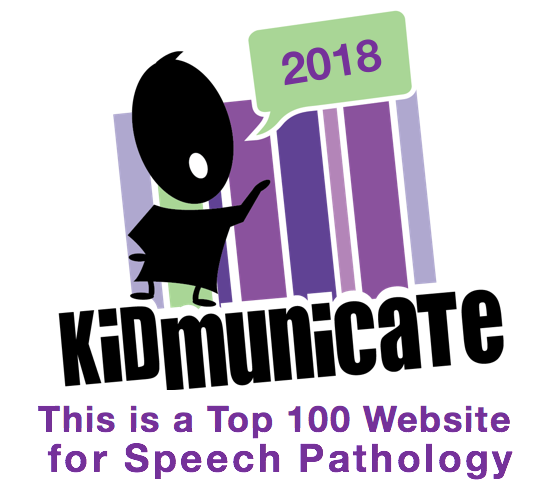Suno AI is a fun tool which will generate a song for you if you provide a simple prompt, such as a genre and topic. Sign in with your Google account and you can create a number of songs for free, and they are easily sharable by link.
I first played around with Suno by musicalizing a funny story (at least funny to me and my friends). Last year when having a gathering to watch Eurovision, I had a full fridge of things for the party. My friends discovered that I had put (briefly) a defrosting ham for Mother’s Day the next day in a pan on a shelf below a table in the kitchen. So I’ve been teased since then about “floor ham.” I told Suno to “make a pop song about ham left on the floor.” That was the entire prompt, I didn't need to write any lyrics, but Suno has a custom mode where you can have more control over what ends up in the song.
Suno created this song. Seriously, it's a bop. I do apologize to any vegetarian readers.
Suno also created a fun song about nouns for me which I used with a student. The web or mobile version (just go to the website in your browser) will also display the lyrics to the song. Suno is a fun way to add engagement to any curriculum topic or to play with narrative language.













